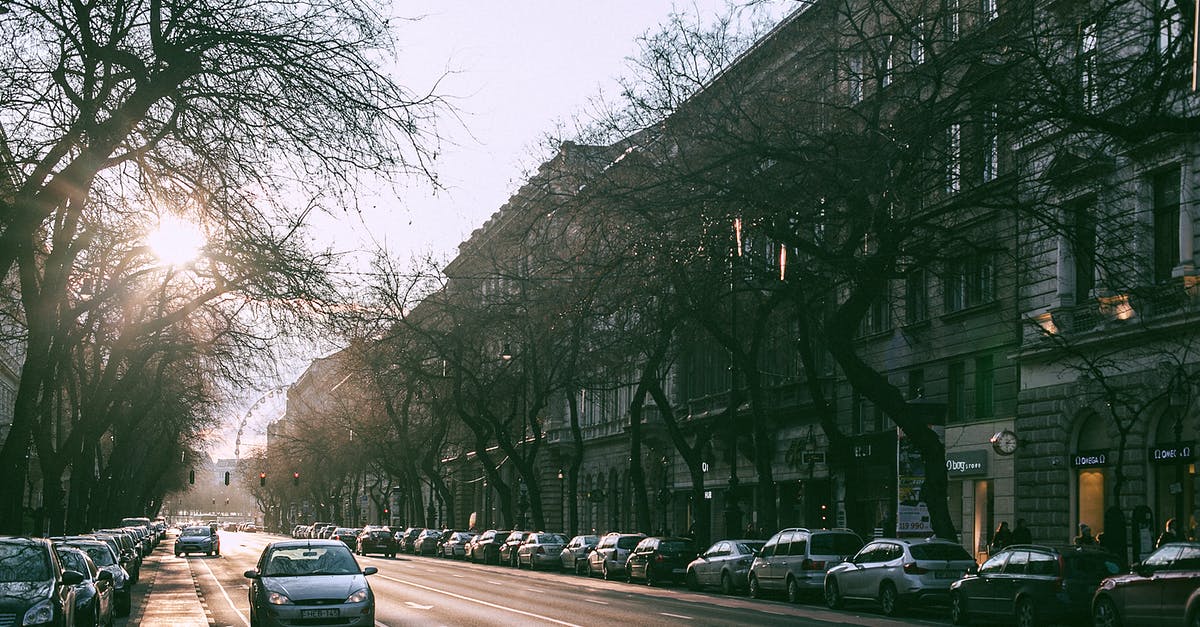Eco-driving betweeen Phoenix and Austin through Albuquerque

I've found out that my car is capable of doing about 2× of the city mpg if driven on highways at 50—60mph in place of 70—80mph (going 80mph appears to retain the city-spec'ed mpg in my 2.5L Jetta).
Travelling between some areas of the US is rather straightforward in that there is only a single Interstate to take, which usually provides the best (and sometimes only) route; however, what's the best approach if I'm travelling between something like Phoenix and Austin, through Albuquerque, where neither Phoenix nor Austin are directly connected with any West-East Interstates?
I've noticed that Google Maps has an option of avoiding highways, however, it's not very clear whether or not that's something that I want. My car is still a normal passenger car, so, I'd still prefer going through roads with quality pavement, just not at 80+mph, so, the best route may not be the most straightforward one that's designed for passing at 80mph.
Best Answer
There is no single easy way to do this. You will have to construct routes yourself, although websites like Google Maps are certainly going to be useful. (You can use Street View to glean speed limits and pavement condition, for example, although not all areas are updated very often. Some highways in nearby parts of Montana to me haven't been updated in Street View since 2008.)
However, I'd caution you to some degree against this approach as a blanket approach. Certainly, sometimes, the secondary highways are perfectly pleasant to drive and quite safe. However, it's always more dangerous to drive on undivided highways than on grade-separated divided highways (dual carriageways).
Another consideration is that if you drive significantly slower than the general flow of traffic, you'll actually be a hazard, creating bottlenecks. This runs the risk of creating road rage, but even with other drivers being considerate, you're slowing their journey for your own benefit.
On the plus side, the secondary highways often have nice scenery in some parts of countries, and you have more ability to stop if you see something that's of interest for you (e.g. to take photographs).
You can go under the speed limits on controlled-access freeways and motorways, like the US Interstate highways, but unless traffic is light or road or weather conditions poor, I'd counsel against it. On quiet divided highways, people can pass you easily, but on congested ones, again, you're causing a bottleneck.
You might be better to choose your moments when to drive in a relaxed fashion and when not to.
If fuel economy is your primary goal, bear in mind that there are other ways to improve fuel economy that will have fewer harmful effects on traffic flow (such as removing unnecessary weight from your vehicle, keeping the engine in prime operating order, maintaining the inflation of your tires, avoiding add-ons to your vehicle that change its aerodynamic profile, and accelerating and braking smoothly and carefully instead of abruptly or repeatedly).
Pictures about "Eco-driving betweeen Phoenix and Austin through Albuquerque"



Driving from Phoenix Arizona to Albuquerque New Mexico in under 7 minutes
Sources: Stack Exchange - This article follows the attribution requirements of Stack Exchange and is licensed under CC BY-SA 3.0.
Images: Photography Maghradze PH, Julia Volk, Maria Orlova, Dids
